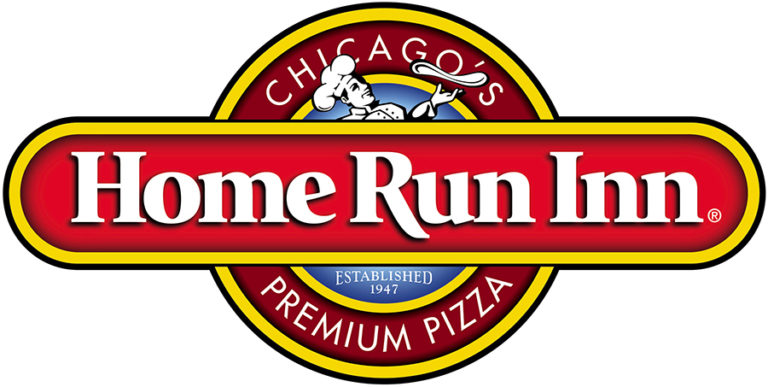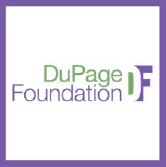Youngest Student Classes

Family & Me: Intro to Ballet
A joyful class for little dancers and their caregivers to connect through Dance, music, and play. We build motor skills, spark creativity, and strengthen bonds— all while welcoming siblings and caregivers to join the fun!
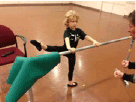
Pre-Ballet I
Imaginative movement activities introduce your child to musical, body, and spatial awareness while developing coordination and motor skills.

Pre-Ballet II
Building their basic foundation, dancers begin to explore patterns, the flow of movement, and musicality.

Pre-Ballet III
As a dancer’s fundamentals expand, coordination of movement and music is the focus. Students face the mirror and the teacher to build fine motor skills to prepare for more formal training.

Pre-Ballet IV
Classical ballet terms in French help students discover technique while enhancing coordination, musicality, spatial awareness, and flexibility. Children refine steps, learn new ones, and develop balance, concentration, grace, posture, confidence, memory, and imagination.
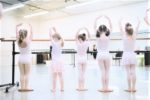
Level A Technique
Classical ballet terms in French help students discover technique while enhancing coordination, musicality, spatial awareness, and flexibility. Children refine steps, learn new ones, and develop balance, concentration, grace, posture, confidence, memory, and imagination.
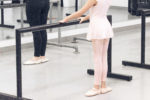
Level B Technique
Students focus is on strength, flexibility, body placement, and coordination. Mat work strengthens the core, back, legs and feet and improves flexibility. Elementary barre exercises teach proper placement of the body and legs. In the center, jumps strengthen legs and feet, while simple combinations using polka, waltz, and pas de basque improve coordination. These elements prepare your child for the continued study of ballet in the classical program.

Tap (Ages 7 – 12)
This tap class is designed to help students master rhythms and footwork patterns through proper technique while also embracing personal style and creating clear, distinct sounds. The curriculum includes a variety of tap styles, from Broadway to Rhythm tap, making it ideal for dancers who are passionate about rhythm, precision in footwork, and creative expression. The lessons aim to build strong technical skills, while also encouraging students to explore and develop their artistic individuality.

Jazz
Students start training in other styles of dance, starting with Jazz. Identifying elements of jazz dance include isolations, grounded movement, syncopation, and contractions.



